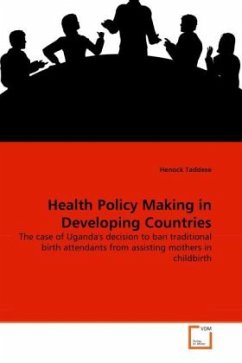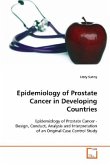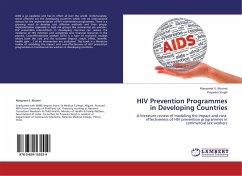Recent population growth, urbanization, increasing
incomes and changes in diet preferences are creating
a massive growth in demand for animal products in the
developing world. This trend has resulted in a higher
concentration of animals in urban and peri-urban
areas. This poses a risk of introducing zoonoses to
urban areas. The increased food supply requires
further stringent control to guarantee that consumers
receive food which is safe from food borne diseases.
This book highlights the importance of zoonoses in
different livestock keeping systems in (peri-) urban
and rural areas and along the marketing chain in
Africa. HACCP is discussed as a method to assess the
risk and to control zoonoses. Different options for
control of zoonoses are provided. The method and
options discussed in this book are applicable to
livestock production and marketing systems in other
developing countries, and should be especially useful
to professionals working in Livestock Development and
Public Health fields, or anyone else dealing with
zoonoses or the production of animal products.
incomes and changes in diet preferences are creating
a massive growth in demand for animal products in the
developing world. This trend has resulted in a higher
concentration of animals in urban and peri-urban
areas. This poses a risk of introducing zoonoses to
urban areas. The increased food supply requires
further stringent control to guarantee that consumers
receive food which is safe from food borne diseases.
This book highlights the importance of zoonoses in
different livestock keeping systems in (peri-) urban
and rural areas and along the marketing chain in
Africa. HACCP is discussed as a method to assess the
risk and to control zoonoses. Different options for
control of zoonoses are provided. The method and
options discussed in this book are applicable to
livestock production and marketing systems in other
developing countries, and should be especially useful
to professionals working in Livestock Development and
Public Health fields, or anyone else dealing with
zoonoses or the production of animal products.








